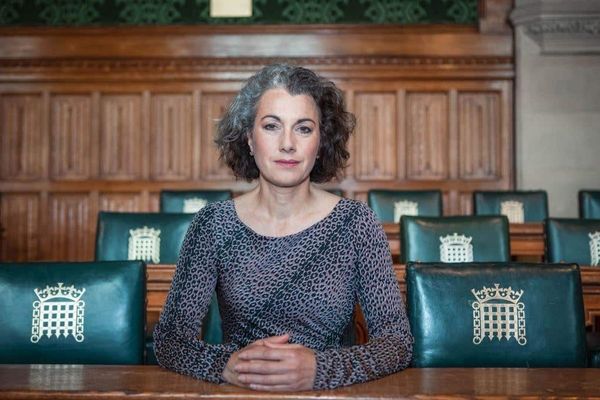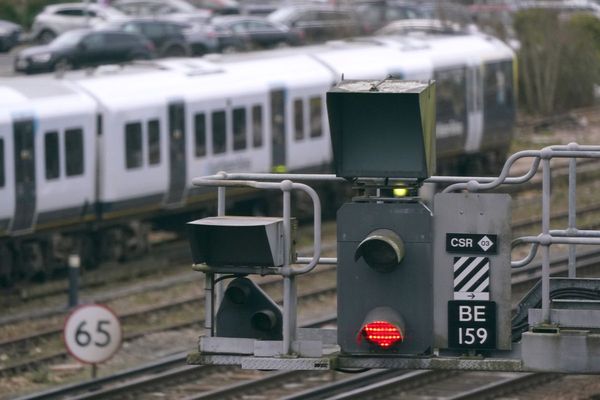Almost half of children in some parts of Nottinghamshire are living in poverty, according to recent data from the Office for National Statistics (ONS). The latest official figures show that the worst off area in Nottinghamshire is Hyson Green, with 45% of children living below the bread line in March 2021.
The startling figures revealed that there were 44,689 children in Nottinghamshire living in poverty even before the cost of housing was taken into account. While these most recent figures have dipped from 48,807 in March 2020, thanks in part to financial support from the government during the start of the pandemic, the current cost of living crisis indicates that the situation is likely to get worse.
The figures mean that one in six children in Nottinghamshire was living in poverty last year (16%) - and in some neighbourhoods the situation is even more stark. After Hyson Green, the second worst neighbourhood for child poverty is Bobbers Mill, where 1,038 (38%) live in poverty.
Forest Fields, with 34%, and Sneinton, 31%, are third and fourth worst respectively for kids up to the age of 19 who are still living at home with parents or a carer. Aspley and St Ann's East make up some of the rest of the top 10. Somewhat surprisingly nine of the top 10 neighbourhoods are in Nottingham, with the tenth worst affected area being Sutton Central & Leamington - in Ashfield.
The proportions are estimates based on DWP figures on the number of children living in families with a household income of less than 60% of the UK average as of March 2021. Imran Hussain, director of policy and campaigns at Action for Children, said: “These figures show the Chancellor’s actions to boost incomes at the start of the pandemic lifted hundreds of thousands of children out of poverty, but the Treasury’s relative inaction to help families on low incomes in today’s cost of living crisis is likely to see any progress lost and child poverty climb again.
“As prices continue to rise, more low-income parents we support who were just about managing could go under, with no tips, tricks or hacks left to stretch their income over the month. Our new research shows nearly half (47%) of children we polled from low-income backgrounds worry about their family’s finances as struggling parents are left to decide whether to put food on the table or heat their homes.
“As well as the current cost of living crisis, many families with children are still reeling from October’s £20-a-week cut to Universal Credit. Unless the Government chooses to shield them now by protecting benefits from rising inflation, it will fail on its manifesto pledge to cut child poverty and millions of families will continue to face years of miserable hardship.”
Below are the ten neighbourhoods with the highest rates of child poverty.
Neighbourhoods with the highest rates of child poverty
LA // Neighbourhood // Link to map // Number of children in poverty // % of children in poverty
Nottingham // Hyson Green // http://statistics.data.gov.uk/id/statistical-geography/E02002885 // 1,325 // 45%
Nottingham // Bobbers Mill // http://statistics.data.gov.uk/id/statistical-geography/E02002886 // 1,083 // 38%
Nottingham // Forest Fields // http://statistics.data.gov.uk/id/statistical-geography/E02002884 // 647 // 34%
Nottingham // Sneinton // http://statistics.data.gov.uk/id/statistical-geography/E02002896 // 966 // 31%
Nottingham // St Ann's East // http://statistics.data.gov.uk/id/statistical-geography/E02002888 // 678 // 30%
Nottingham // Broxtowe and Cinderhill // http://statistics.data.gov.uk/id/statistical-geography/E02002878 // 1,128 // 29%
Nottingham // Bakersfield // http://statistics.data.gov.uk/id/statistical-geography/E02002891 // 619 // 28%
Nottingham // Aspley // http://statistics.data.gov.uk/id/statistical-geography/E02002880 // 881 // 27%
Nottingham // Bulwell North // http://statistics.data.gov.uk/id/statistical-geography/E02002869 // 585 // 26%
Ashfield // Sutton Central and Leamington // http://statistics.data.gov.uk/id/statistical-geography/E02005823 // 536 // 26%







